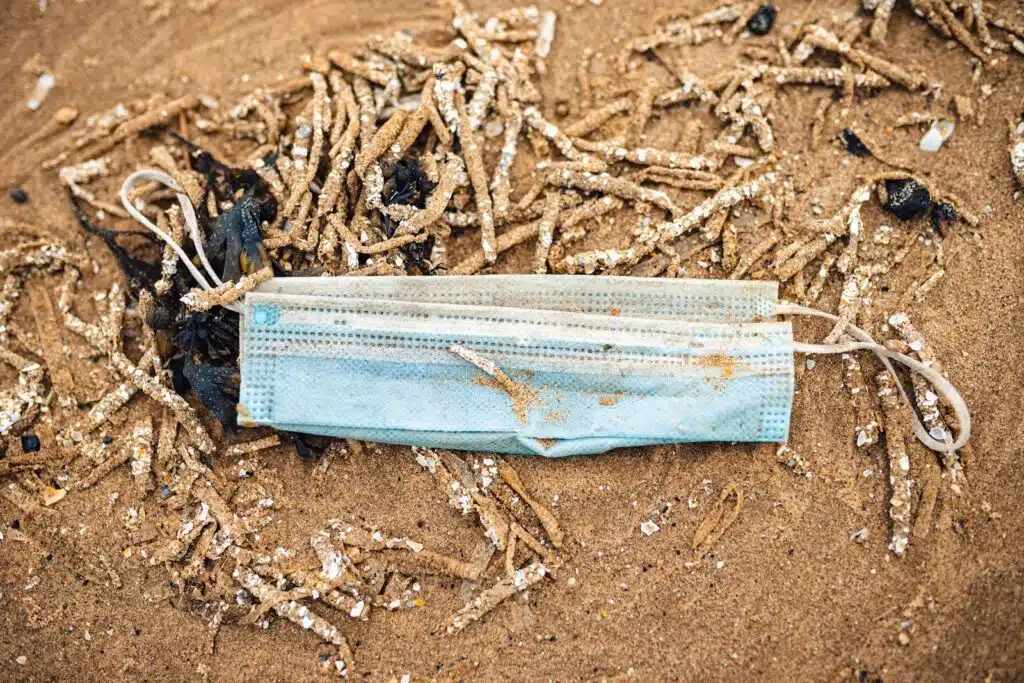For many industries, generating hazardous waste is simply inescapable. That’s why it’s a good thing that there are certain procedures in place for safely disposing of them. If your business generates hazardous waste, it’s important to know how to properly dispose of them.
Failure to do so can land your business in serious trouble. In 2013, retail giant, Walmart was fined a whopping $110 million for mishandling its hazardous waste disposal.
In this post, we’ll go over hazardous waste disposal in St. Louis, how they are classified, and why it is necessary to enlist professional disposal services.
What is hazardous waste?
Hazardous waste is any waste material that is detrimental to human health and harmful to the environment. A good example is medical waste — used needles, expired drugs, discarded wound dressings, face masks, etc. We cannot afford to have these types of wastes loitering our streets or ending up in landfills, especially now that the world is recovering from a pandemic.
Classifications of hazardous waste
There are four main classifications of hazardous waste — toxic, corrosive, ignitable, and reactive.
Toxic waste
This type of waste is extremely fatal and can cause long-term health complications in humans and animals when ingested. They can also cause serious problems to the environment when absorbed.
Corrosive waste
These wastes contain elements that can erode certain materials and compromise their structural integrity. For example, some substances that contain acids can corrode metal at a much faster rate than regular oxidation.
Ignitable waste
This type of waste contains substances that are easily combustible. They also tend to release harmful vapors and noxious odors into the atmosphere when ignited. Examples include gasoline, alcohol, and acetone.
Reactive waste
These wastes are generally unstable even under normal conditions. They can undergo violent reactions when in contact with other substances.
How do we handle hazardous waste disposal in St Louis?
At Preferred Waste Concepts, we specialize in proper hazardous waste disposal, specifically for medical waste. There are two main types of disposal services that we provide in accordance with local and state regulations.
Incineration
The EPA has approved the use of incineration for disposing of biohazardous waste. Fire is effective at killing most bacteria and viruses. Many of the waste items that come from health care establishments can be effectively destroyed in an incinerator.
Burning the waste items also means there’s less waste volume that makes it to the landfills, which is good for the environment.
Autoclaving
This is the most effective method when it comes to sterilizing medical equipment. It is so effective that it can sterilize certain equipment like scissors and tweezers so they can be reused after a medical procedure.
For waste disposal, autoclaving uses a combination of high pressure, steam, and heat to kill pathogens and microorganisms on discarded medical items before sending them to a landfill. This curtails the possible circulation of disease-causing pathogens from medical waste.
We utilize other methods
In specialized cases, we can also use irradiation, chemical treatments, and other effective methods for hazardous waste disposal. Irradiation uses gamma rays to completely disinfect an item before disposal.
Chemical treatments are primarily used for disinfecting liquid wastes. These types of wastes are extremely hazardous and must be disposed of properly.
Contact us for specialized medical waste disposal in St. Louis
Preferred Waste Concepts is your go-to expert in proper waste disposal and compliance matters. There’s no ‘one size fits all’ with us. Instead, we tailor our service based on your specific requirements. Our team can also help to train your company on proper waste disposal methods and best practices.
Get in touch with us now by calling (314) 413-7500 or through our contact form. You can also reach us via email at info@preferredwasteconcepts.com.
